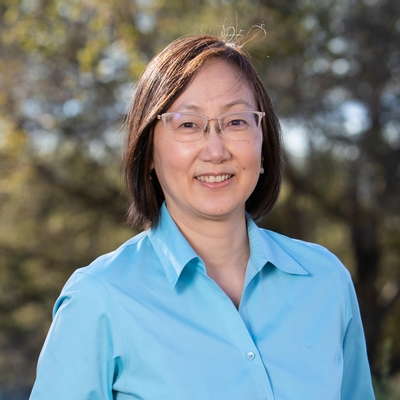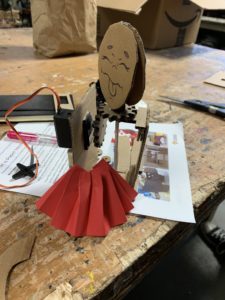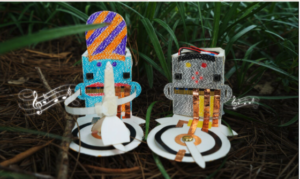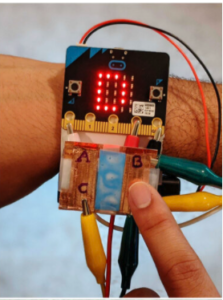
Dr. Sherry Hsi
How did you get started in doing work in emerging technologies for teaching and learning?
My first start with emerging technologies began as a part-time job in college at the UC Berkeley Lawrence Hall of Science teaching math and computers to children and adults. There were children’s classes for learning languages like BASIC and LOGO, and classes for teaching community members how to use cutting edge applications like digital spreadsheets to manage their businesses. LHS was one of the first public science centers that offered computer access to local high schools (who connected via teletype machines) and to the community via LHS’s computer modem! About the same time working on a senior thesis in bioengineering with Alice Agogino, I fell into artificial intelligence by creating a basic expert system that recommended assistive communication devices to children with disabilities. It was the late 1980s and knowledge engineers were attempting to extract and model human intelligence, problem-solving, and decision-making through large rule-based systems (on SUN 3/60s machines).

Mechanical Paper Dancer
More recently, my research has focused on designing effective ways to support learning that fosters equity, curiosity, and joyful learning, while also advancing STEM learning. A couple of projects come to mind. One such project is called Paper Mechatronics or PaperMech for short. Collaborating with colleagues from CU Boulder CraftTech Lab, and Georgia Institute of Technology’s CoDeCraft Group, we created low-tech craft-based physical computing materials to support creative engineering and computing. We are interested in how youth develop capabilities and interests in expressive and expansive ways through a process of iteration-to-learn. Reflecting back upon our process working with educators and youth, we ran multiple workshops with different audiences to understand how PaperMech could better foster equity more deeply, not only from the perspective of lowering the access barrier to tools and resources, but connecting to their interests, emerging capabilities, and identities. Building from learners’ assets, being open to narratives brought by learners to the design process and responding to the genuine needs of teachers provided clarity in what aspects of cyber-enabled tools would really support meaningful and more equitable learning. This work has led us to think more deeply about the need for a culturally responsive design framework that could more closely engage learners (and teachers) in a co-design process early and often. (This is the focus of our current CSforAll research project on unblackboxing computing and an NSF AISL project on teaching about radio using tangible materials.) This would enable the design of computationally-enabled materials, activities, and supporting pedagogical materials to be created in participation with multiple stakeholders and responsive to the various divergent and unexpected purposes that learners set for themselves as goals for learning.

My:Talkies Radio Craft Kit
As a learning designer and researcher, a challenge that I continue to face in designing with and for technology is figuring out what are the hard unforgiving constraints and what are the flexible design parameters we can really press upon to change that will necessarily move designed systems towards equitable learning. Along with this challenge is understanding what cultural values and implicit biases I bring into the design process that may favor particular ways of knowing, teaching, or learning (based on my own beliefs, identities in practice, and my prior history of schooling in the U.S.) Without being attentive to the design values one holds, one can miss new opportunities or unintentionally reinforce exclusionary practices and existing patterns of inequities into the design of new cyber-enabled tools and systems. It’s hard to see what you can’t see, and much too easy to continue doing what you already do.

Shake-a-Message Bracelet
